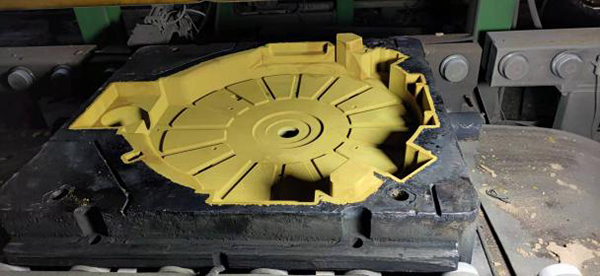The Art of Smoothing 3D Prints A Guide to Sanding Techniques
In recent years, 3D printing has revolutionized the way we create prototypes, models, and even functional parts. However, one challenge that many hobbyists and professionals face is achieving a smooth finish on their printed objects. While 3D printing allows for complex shapes and intricate designs, the layer lines that are inherent in this manufacturing process can detract from the overall aesthetic and functional quality of the print. Sanding is one of the most effective techniques to address this challenge, ensuring a visually appealing and high-quality final product. In this article, we will explore various sanding techniques, tips, and best practices for achieving the best results in smoothing your 3D prints.
Understanding the Basics of 3D Printing Materials
Before diving into sanding techniques, it is crucial to understand the most common materials used in 3D printing. Two of the most prevalent are PLA (Polylactic Acid) and ABS (Acrylonitrile Butadiene Styrene). Each material has its own properties that can influence the sanding process. PLA is generally easier to work with as it has a lower melting point and does not warp as easily. In contrast, ABS can be more challenging due to its tendency to warp and its rougher surface finish. Knowing the material you are working with can help you choose the right sanding tools and techniques.
Essential Tools for Sanding 3D Prints
To get started with sanding your 3D prints, you will need a few essential tools
1. Sandpaper A variety of sandpaper grits (ranging from coarser grits, like 80 or 120, to finer grits, like 400 or 800) is necessary for achieving the desired smoothness. Start with a coarser grit to remove the bulk of the layer lines, then progressively move to finer grits for a polished finish.
2. Sanding Block A sanding block can provide even pressure when sanding larger surfaces, helping to achieve a uniform finish. Foam sanding blocks can also be useful for curved or irregular shapes.
3. Dremel Tool For detailed work or hard-to-reach areas, a rotary tool like a Dremel can be handy. Use it with sanding attachments for precision.
3d print sanding

4. Safety Gear Always wear a dust mask and safety goggles when sanding to protect yourself from inhaling fine particles.
Step-by-Step Sanding Process
1. Preparation Start by cleaning the print to remove any debris and dust. Inspect the model for any areas that need special attention, such as supports or overhangs.
2. Initial Sanding Using coarser sandpaper, sand the entire model to remove the majority of layer lines. Be cautious not to over-sand, as this can lead to unwanted indentations.
3. Intermediate Sanding Switch to medium grit sandpaper, smoothing the surface further. Use circular motions to ensure an even finish.
4. Final Sanding Finish with fine grit sandpaper to achieve a smooth and polished look. If required, wet sanding can be effective at this stage, where sandpaper is moistened with water to minimize dust and improve the finish.
5. Cleaning After sanding, wipe down the print with a damp cloth to remove any dust particles before applying any paint, primer, or sealant.
Conclusion
Sanding is an essential skill for anyone involved in 3D printing. It allows for the transformation of a raw print into a sleek, professional-looking object. By understanding the materials, using the right tools, and following a structured process, you can significantly improve the appearance and quality of your 3D prints. Whether you are a hobbyist creating decorative pieces or a professional making functional prototypes, mastering the art of sanding will enhance your 3D printing experience and results. Happy sanding!
Post time:Tet . 13, 2024 11:02
Next:Cast del deserto dei tartari
